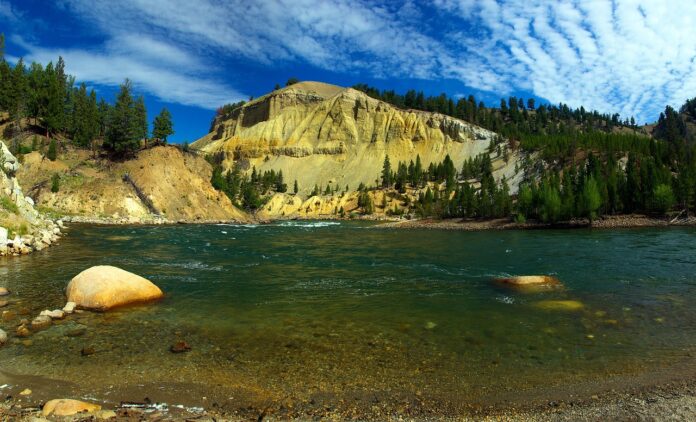Established in 1872, Yellowstone National Park, holds the distinction of being the first national park in the United States and the world. Covering a vast area of 3,500 square miles, it primarily lies in the northeast corner of Wyoming but also extends into Montana and Idaho.
Here are 12 must-see things to experience in Yellowstone:
- Old Faithful Geyser
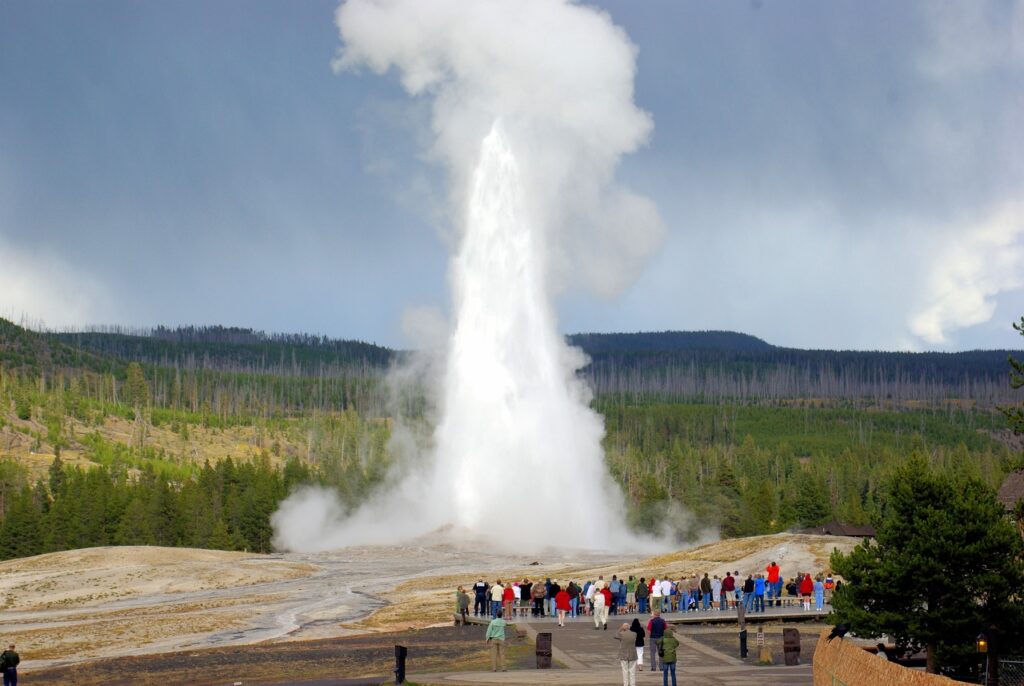
Old Faithful Geyser, one of the most famous geysers globally, is well-known not only for its impressive eruptions but also for its reliability. While it may not be the tallest or largest geyser in Yellowstone National Park, its predictable eruptions have made it an iconic symbol of the park. Visitors flock to witness its spectacular displays of boiling water and steam, which occur approximately every 90 minutes to two hours.
Fun Fact: Despite its name, Old Faithful wasn’t named for its reliability, but rather for its impressive and steadfast eruptions. The name was coined during the 1870 Washburn-Langford-Doane Expedition to Yellowstone, where members of the expedition were captivated by the geyser’s impressive displays and dubbed it “Old Faithful” in recognition of its faithful and predictable eruptions.
- Grand Prismatic Spring
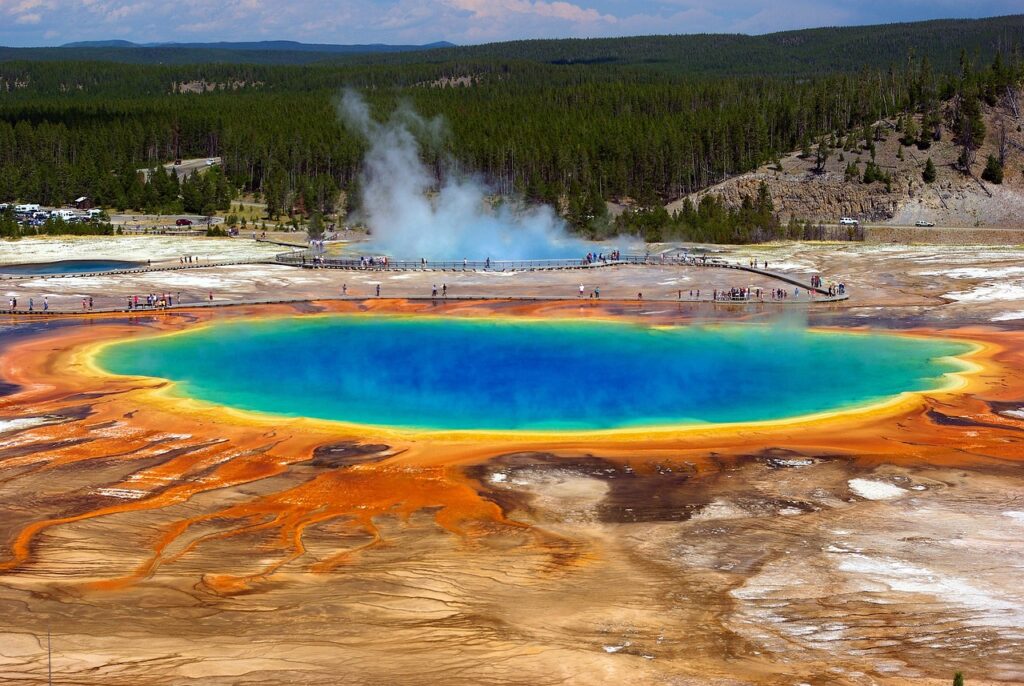
Grand Prismatic Spring stands as the largest hot spring in the United States. Nestled within Yellowstone National Park, it is hailed as one of the park’s most mesmerizing thermal features. Its expansive pool of crystal-clear water, ringed by vivid bands of orange, yellow, green, and blue, creates a surreal and otherworldly spectacle.
Fun Fact: Grand Prismatic Spring’s dazzling colors are created by microbial mats that thrive in the warm, mineral-rich waters surrounding the spring. These mats contain pigmented bacteria that produce a spectrum of hues, ranging from deep blues and greens to fiery oranges and reds, adding to the spring’s breathtaking allure.
- Grand Canyon of the Yellowstone
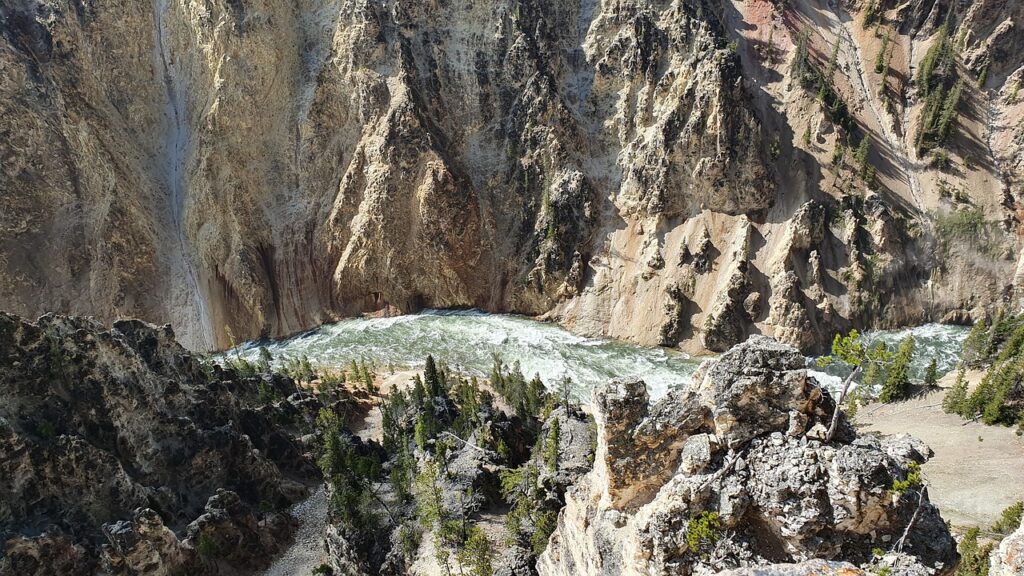
Located within Yellowstone National Park, this stunning canyon is celebrated for its dramatic cliffs, colorful rock formations, and cascading waterfalls, including the awe-inspiring Lower Falls and Upper Falls.
Fun Fact: The vibrant hues of the canyon walls are the result of hydrothermal activity and the presence of various minerals in the rock formations. Iron compounds create the striking yellows and reds, while other minerals contribute to the array of colors visible throughout the canyon
- Mammoth Hot Springs
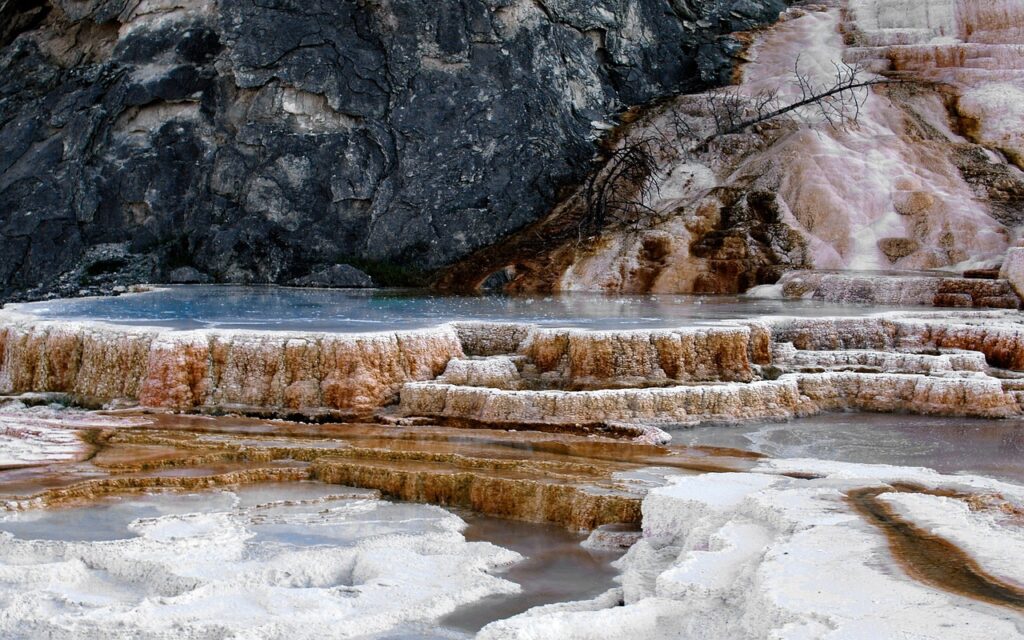
Mammoth Hot Springs is a remarkable thermal feature within Yellowstone National Park, distinguished by its unique terraces of travertine. These terraces are formed by the flow of hot water from underground springs, carrying dissolved limestone to the surface. As the water cools and evaporates, it leaves behind intricate and ever-changing formations, resembling cascading terraces of white and orange.
Fun Fact: The formations at Mammoth Hot Springs are constantly evolving due to the dynamic nature of the thermal activity beneath the surface. As new springs emerge and old ones change course, the appearance of the terraces can shift dramatically over time, offering visitors a fascinating glimpse into the geological processes at work in Yellowstone.
- Yellowstone Lake
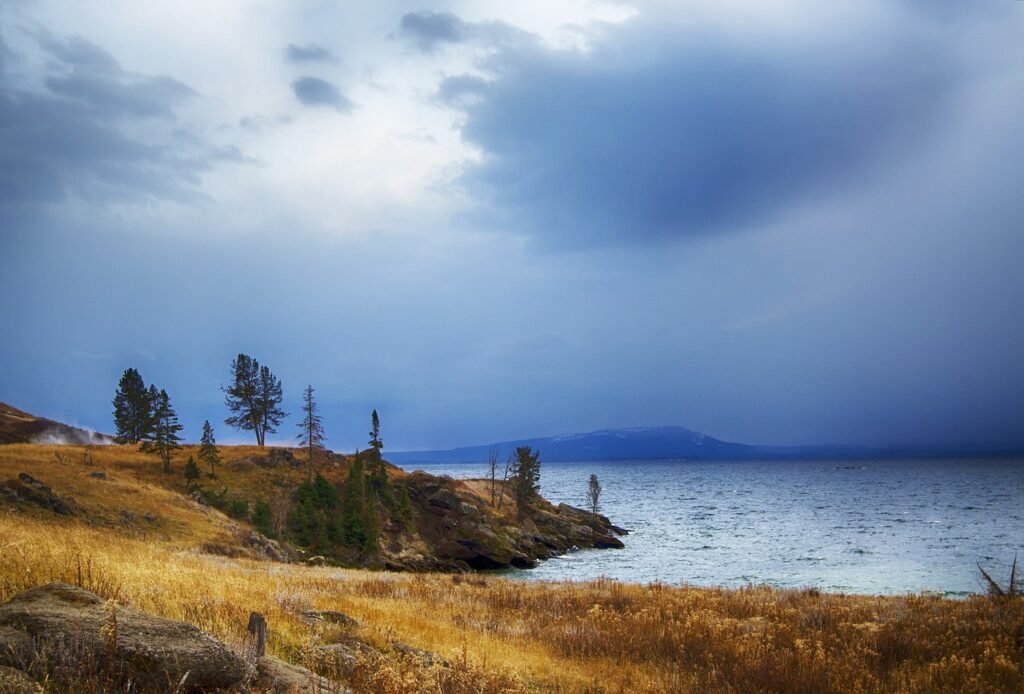
Yellowstone Lake, the largest high-elevation lake in North America, is an incredible centerpiece of Yellowstone National Park. Stretching across a vast expanse, the lake offers visitors breathtaking scenic vistas, opportunities for fishing, and abundant wildlife viewing experiences.
Fun Fact: Yellowstone Lake is situated within the Yellowstone Caldera, a massive volcanic crater formed by a cataclysmic eruption around 640,000 years ago. Despite its serene appearance today, the lake sits atop a restless volcanic landscape, with hydrothermal activity continuing beneath its surface.
- Norris Geyser Basin
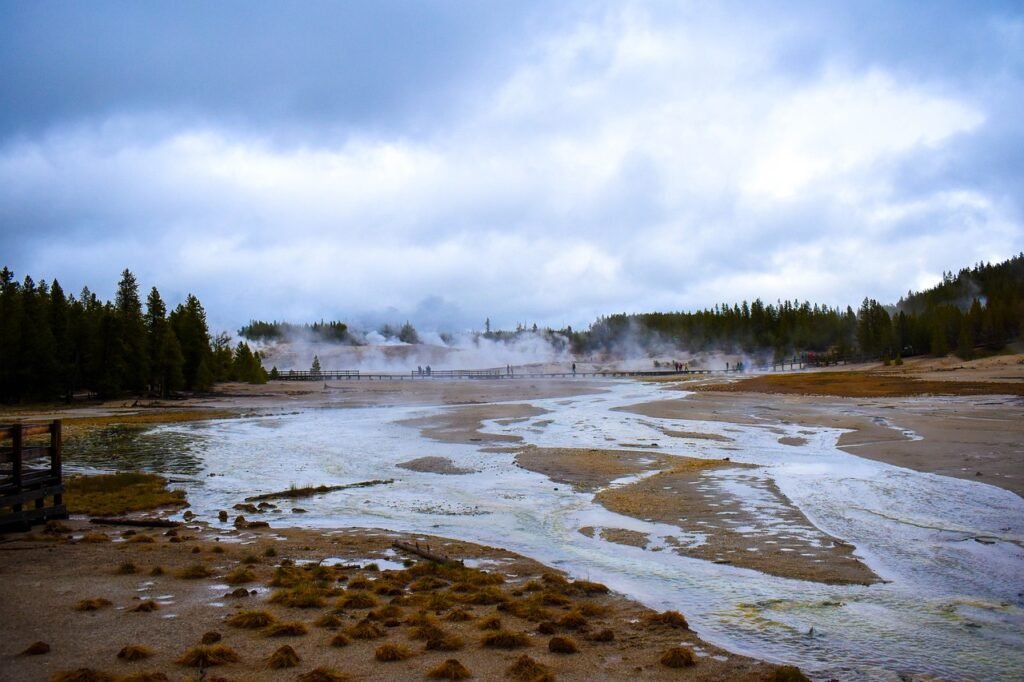
Norris Geyser Basin stands out as one of the hottest and most dynamic thermal areas within Yellowstone National Park. Visitors to this unique geological wonderland are treated to a mesmerizing display of bubbling geysers, colorful hot springs, and vibrant microbial mats.
Fun Fact: Norris Geyser Basin is home to Steamboat Geyser, the world’s tallest active geyser. While Old Faithful may be more famous for its regular eruptions, Steamboat Geyser’s sporadic and awe-inspiring displays can shoot water over 300 feet into the air, making it a must-see phenomenon for those lucky enough to witness it in action.
- Hayden Valley
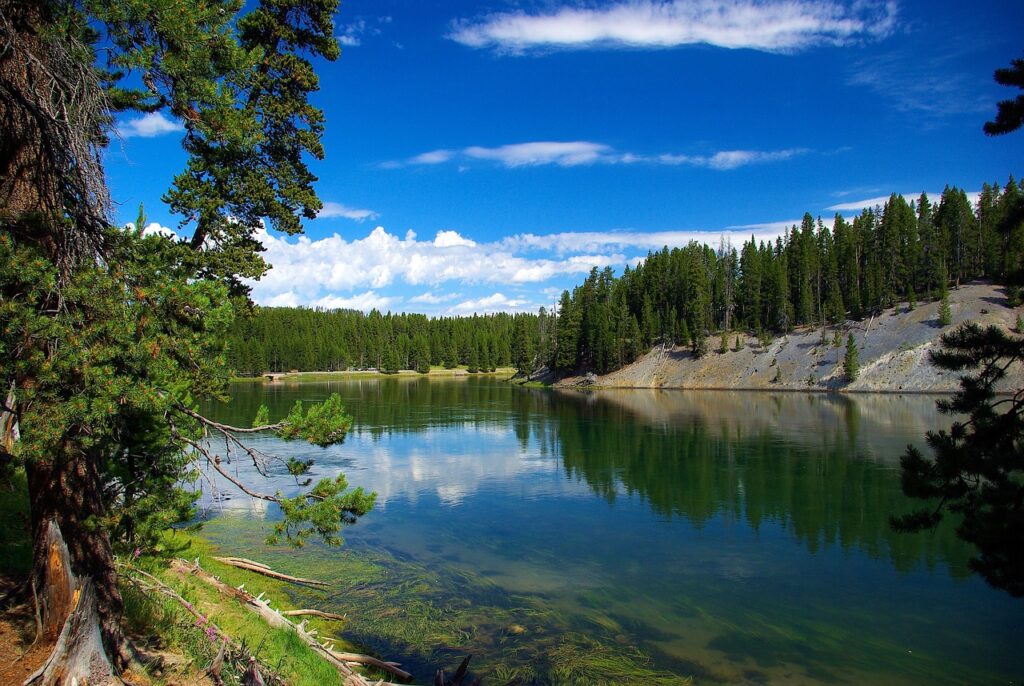
Nestled within the heart of Yellowstone National Park, Hayden Valley is a premier destination for wildlife enthusiasts. This expansive valley offers unparalleled opportunities for spotting iconic species such as bison, elk, grizzly bears, and wolves in their natural habitat.
Fun Fact: Hayden Valley was named after Ferdinand Vandeveer Hayden, a geologist and leader of the 1871 Hayden Geological Survey, which played a crucial role in the establishment of Yellowstone as the world’s first national park.
- Artist Point
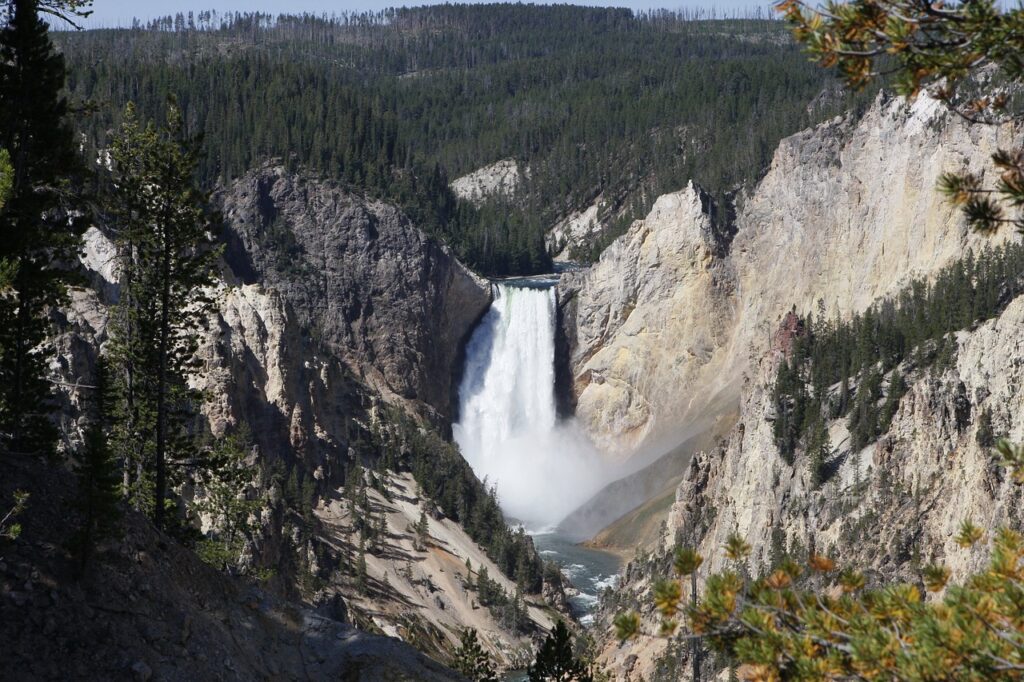
Artist Point, a renowned overlook within Yellowstone National Park, presents visitors with one of the most iconic views in the park. From this vantage point, visitors can marvel at the majestic Lower Falls cascading into the depths of the Grand Canyon of the Yellowstone, creating a breathtaking scene that has inspired artists and photographers for generations.
Fun Fact: The name “Artist Point” originated from the early explorers and artists who were captivated by the scenic beauty of this location. Artists would often gather here to sketch or paint the dramatic landscapes, immortalizing the awe-inspiring vista of the Lower Falls and the canyon.
- Lamar Valley
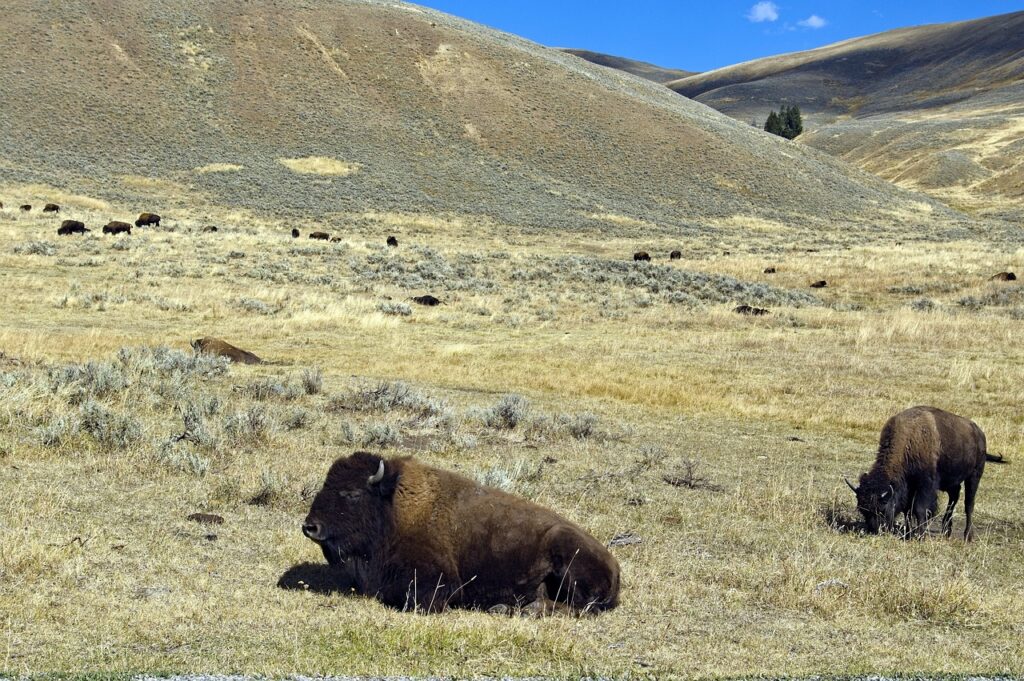
Situated in the northeastern region of Yellowstone National Park, Lamar Valley is a haven for wildlife enthusiasts. Renowned for its vast grasslands and diverse ecosystems, this valley offers visitors exceptional opportunities to observe a wide array of wildlife, including bison herds, wolves, and various other species, in their natural habitat.
Fun Fact: Lamar Valley is often referred to as the “Serengeti of North America” due to its resemblance to the iconic African savanna and the abundance of wildlife that roams its expansive plains.
- Fountain Paint Pot
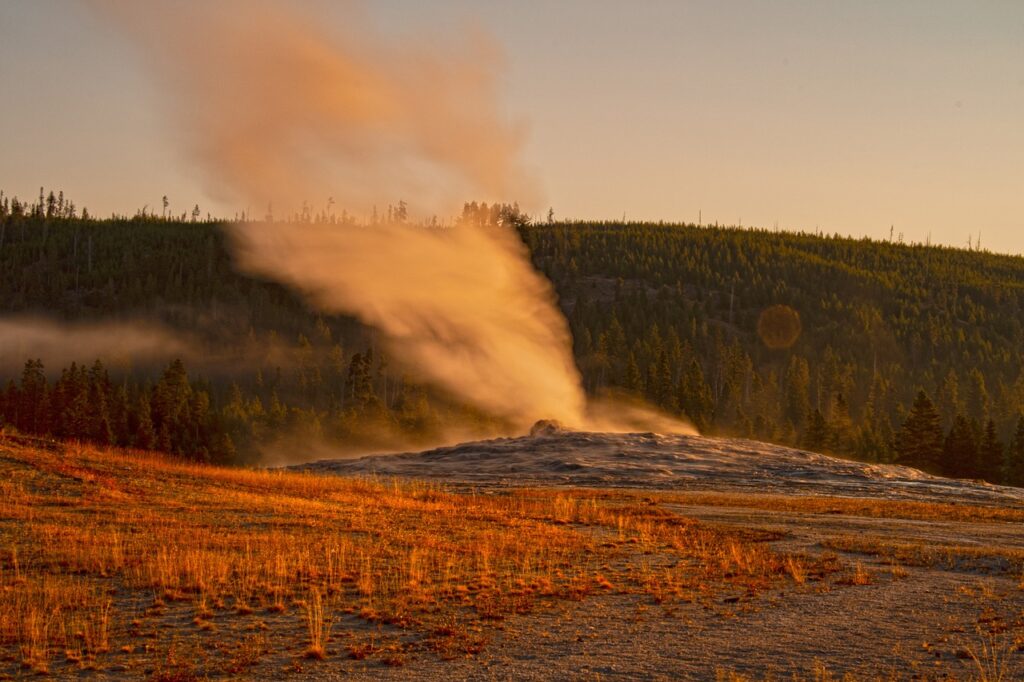
Fountain Paint Pot offers visitors a fascinating glimpse into the park’s dynamic geothermal activity. This unique attraction showcases a variety of thermal features, including geysers, hot springs, mud pots, and fumaroles, each displaying Yellowstone’s remarkable geological processes in action.
Fun Fact: The name “Fountain Paint Pot” is derived from the vibrant colors often seen in the bubbling mud pots within the area. These hues are created by heat-loving microorganisms called thermophiles, which thrive in the extreme conditions of Yellowstone’s hot springs and geysers.
- Tower Fall
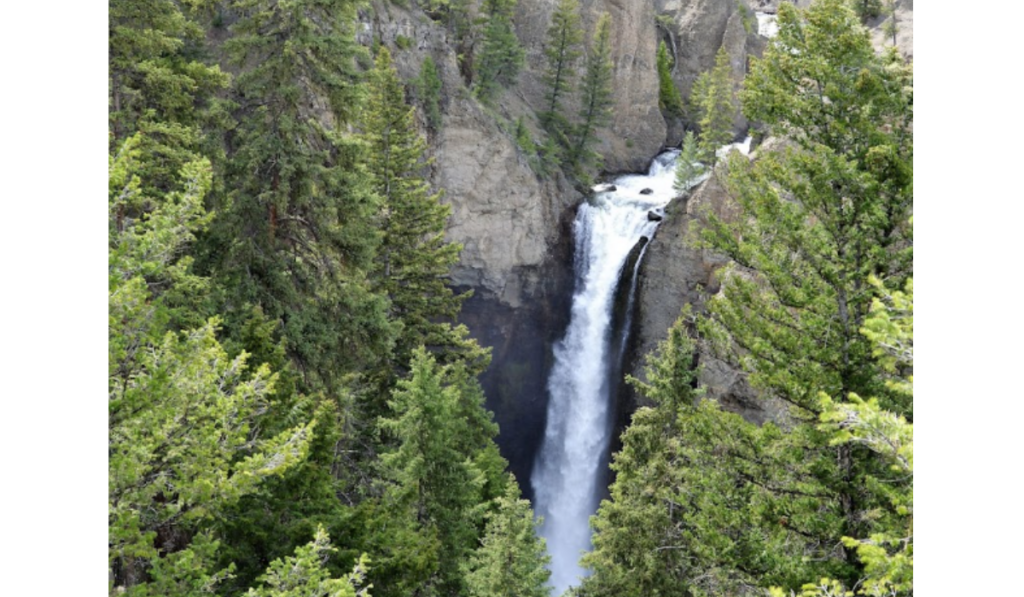
Tower Fall is a picturesque waterfall located in the northeastern region of Yellowstone National Park, captivating visitors with its natural beauty and serene surroundings. Accessible via a short hike from the parking area, this stunning waterfall offers a refreshing escape into the park’s wilderness and provides a memorable experience for all who venture to witness its splendor.
Fun Fact: Tower Fall was named by members of the 1869 Cook–Folsom–Peterson Expedition, who were struck by the towering rock formations surrounding the waterfall. The 132-foot cascade plunges into the Yellowstone River, creating a dramatic and photogenic scene that has enchanted visitors for generations.
- Wildlife
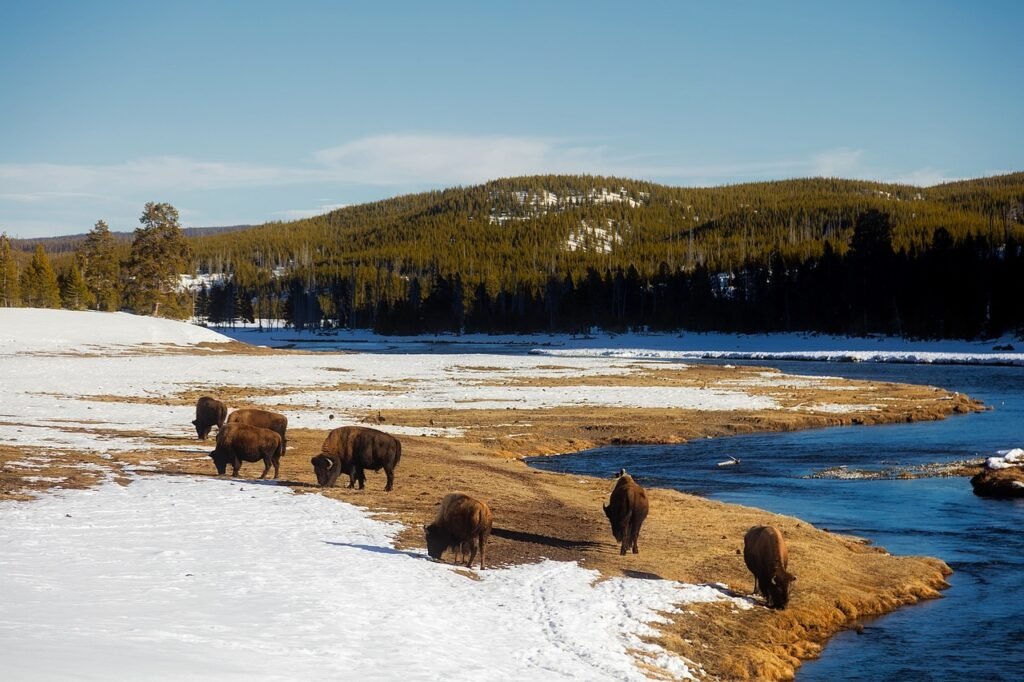
Yellowstone is one of the few places in the United States where visitors can still observe large populations of charismatic megafauna, including bison, which are the largest land mammals in North America, and grizzly bears, which are apex predators crucial to the park’s ecosystem.
Additionally, the park’s wolf reintroduction program in the 1990s has successfully restored wolf populations, allowing visitors the rare opportunity to witness these elusive predators in their native environment.


